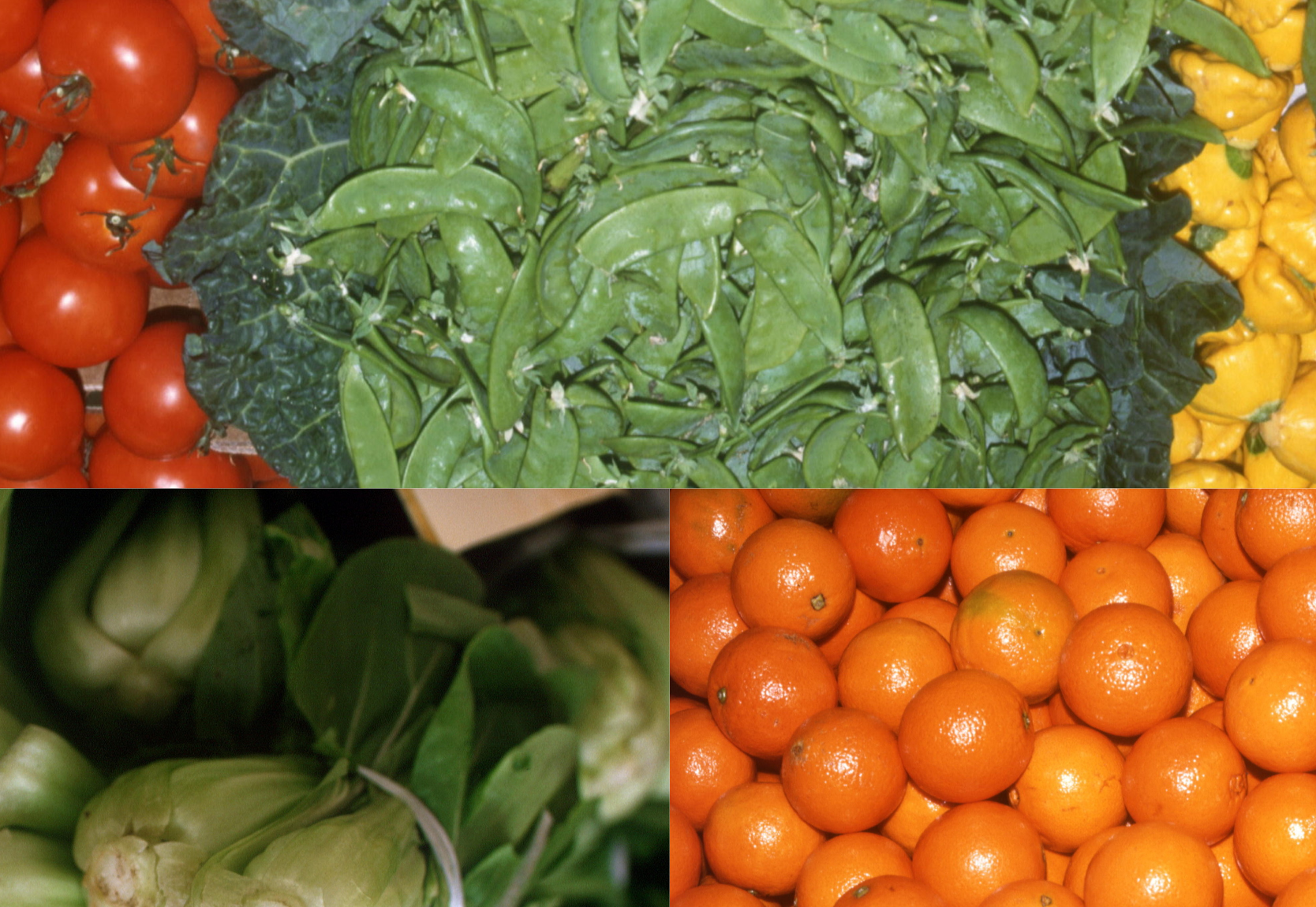What is the “Dirty Dozen”?
| Dirty Dozen Foods | |
| 1.) Strawberries | 7.) Bell & Hot Peppers |
| 2.) Spinach | 8.) Cherries |
| 3.) Kale, Collard, Mustard greens | 9.) Peaches |
| 4.) Nectarines | 10.) Pears |
| 5.) Apples | 11.) Celery |
| 6.) Grapes | 12.) Tomatoes |
The Dirty Dozen refers to the 12 crops that have the most pesticides used on them. It is a list created by the Environmental Working Group (EWG), a non-profit (lobby and education) organization. Note: The rankings are based not only on the percentage of samples with pesticides but also on the number and amount of pesticides on all samples and on individual samples.
- With the increasing demand of food (based on population) year after year, the food industry heavily relies on the use of pesticides. In recent years, different research groups and public health advocates have been voicing their opinion on the dangers of using these chemicals. They claim there are health issues correlated to the human consumption of these foods.
- The USDA, FDA, and EPA work in a collaborative effort to set benchmarks, regulations, and updated tests on fruits and vegetables.
- A Harvard study mentions that the Environmental Working Group website reveals, “intake of low-pesticide-residue fruit and vegetables (FV) was associated with a lower risk of Coronary Heart Disease (CHD) whereas high-pesticide-residue FV intake was not associated with CHD risk” (National Library of Medicine).
- There is consistent research showing the health benefits of consuming more fruits and vegetables, many of which are included in these “Dirty Dozen” lists put out by the EWG each year.
- Most Americans do not eat nearly enough fruits and vegetables daily. It is the Standard American Diet (SAD) that is missing the vital nutrients from produce that might be leading to chronic diseases.
- The latest Pesticide Data Program (PDP) put out in 2021 identified that 99% of the foods Americans eat, including produce, have trace pesticide residuals within them. However, these levels are well below the values that the EPA has deemed safe for human consumption in both cases of conventional and organic produce consumption.
But do pesticides/chemicals build up in my body over time?
- Different pesticides have different half-lives and all breakdown quickly:
- Nonpersistent pesticides have a half-life of 30 or fewer days
- Moderately persistent pesticides have a half-life of 31 to 99 days
- Persistent pesticides have a half-life greater than 100 days
- The longer the half-life, the more able the compound is to build up in the body’s fat cells.
Luckily, our liver and kidneys help filter out these compounds to reduce the risk of health effects.
Prevent your exposure to pesticides
by thoroughly washing
all produce (even those you intend to peel).
A Real-Life Example
A man could consume 635 strawberries in ONE day without seeing any negative effects related to pesticides. This is even if strawberries have the highest pesticide residue recorded for any produce option according to the USDA. A great tool for more examples like this, developed by RDN Toby Amidor: https://www.safefruitsandveggies.com/pesticide-residue-calculator/#top
Summary
The key here is to not be afraid of consuming more fruits and vegetables because of claims you may hear from one source. It is best to educate yourself on the importance of washing your produce and preparing it/cooking it correctly for your most optimal enjoyment.
Written by BWS Dietetic Intern– Dillon Wachob
Additional References:
https://www.ewg.org/foodnews/dirty-dozen.php
https://www.ncbi.nlm.nih.gov/pmc/articles/PMC6754761/
https://www.todaysdietitian.com/newarchives/0120p10.shtml

